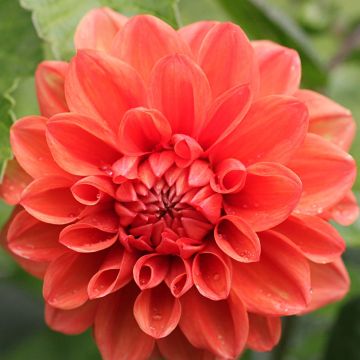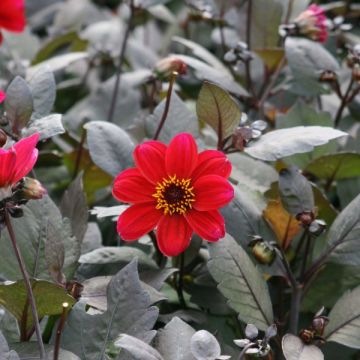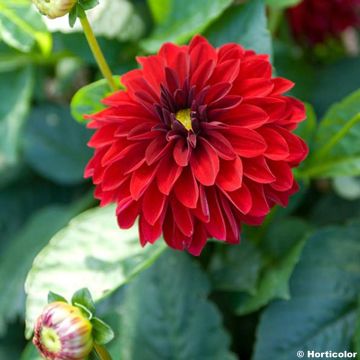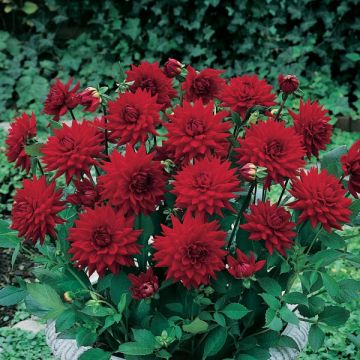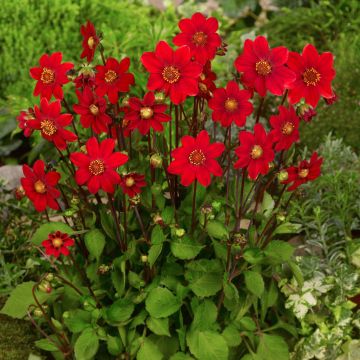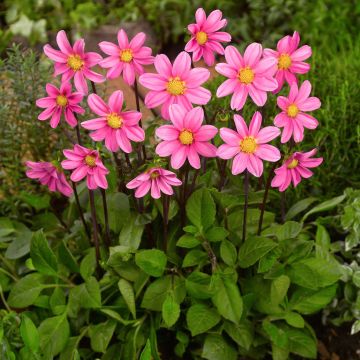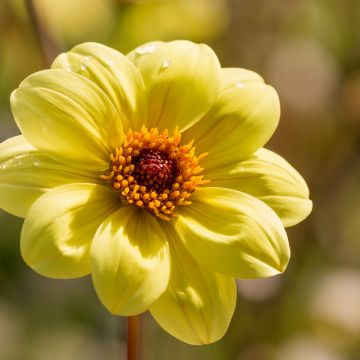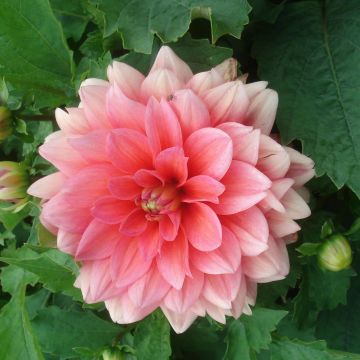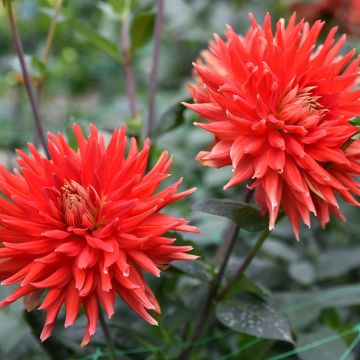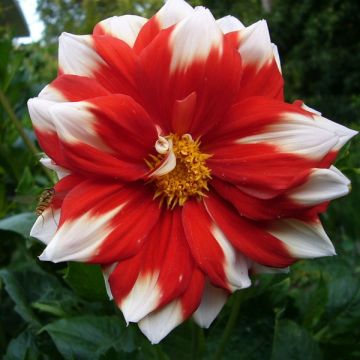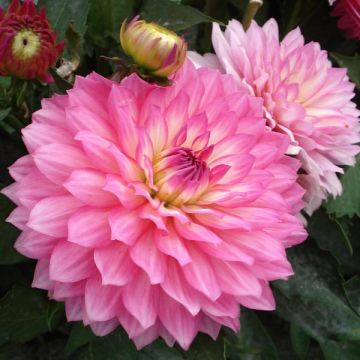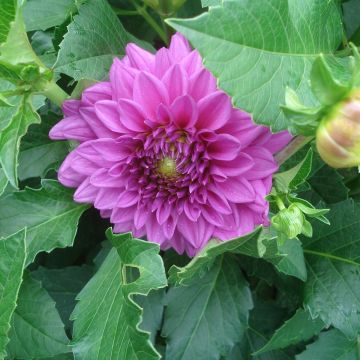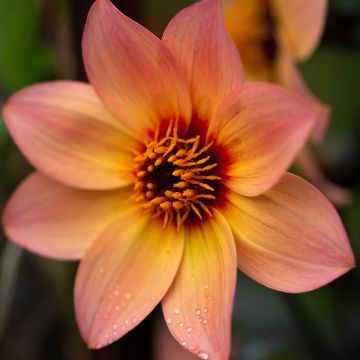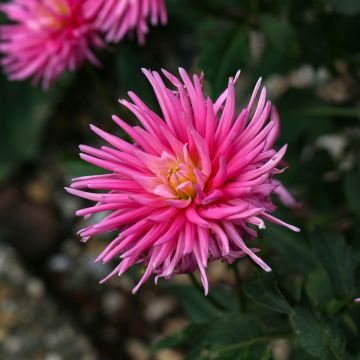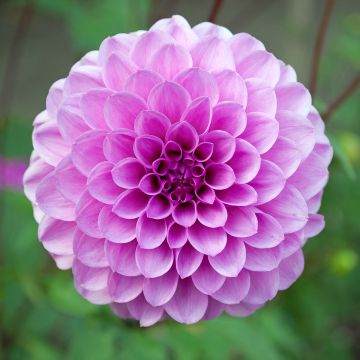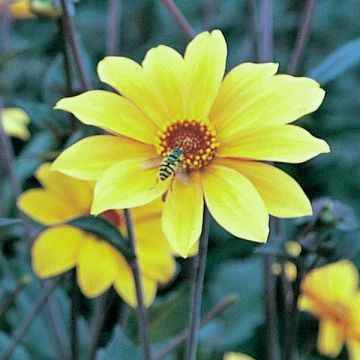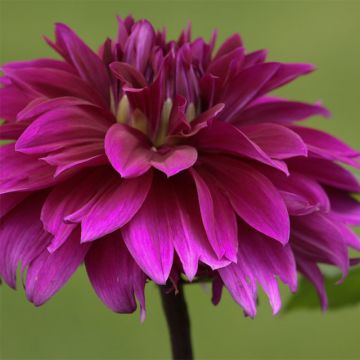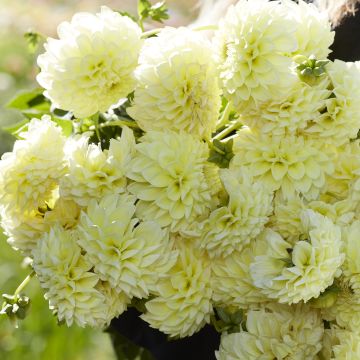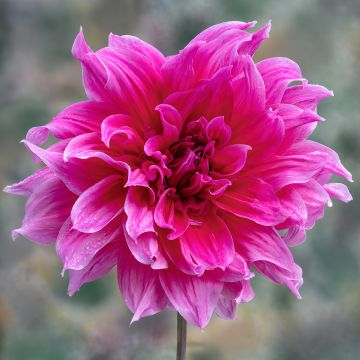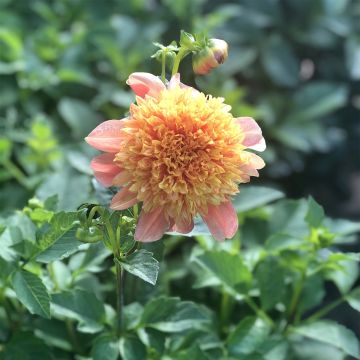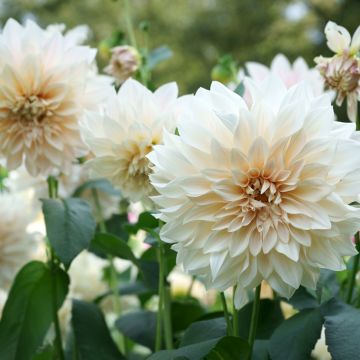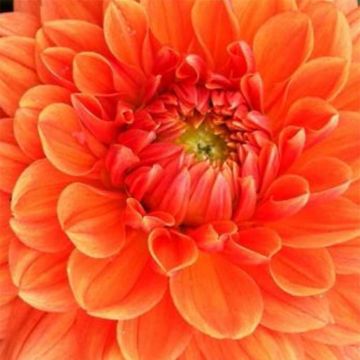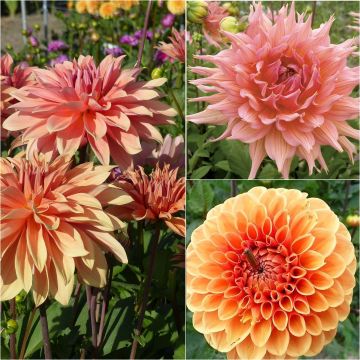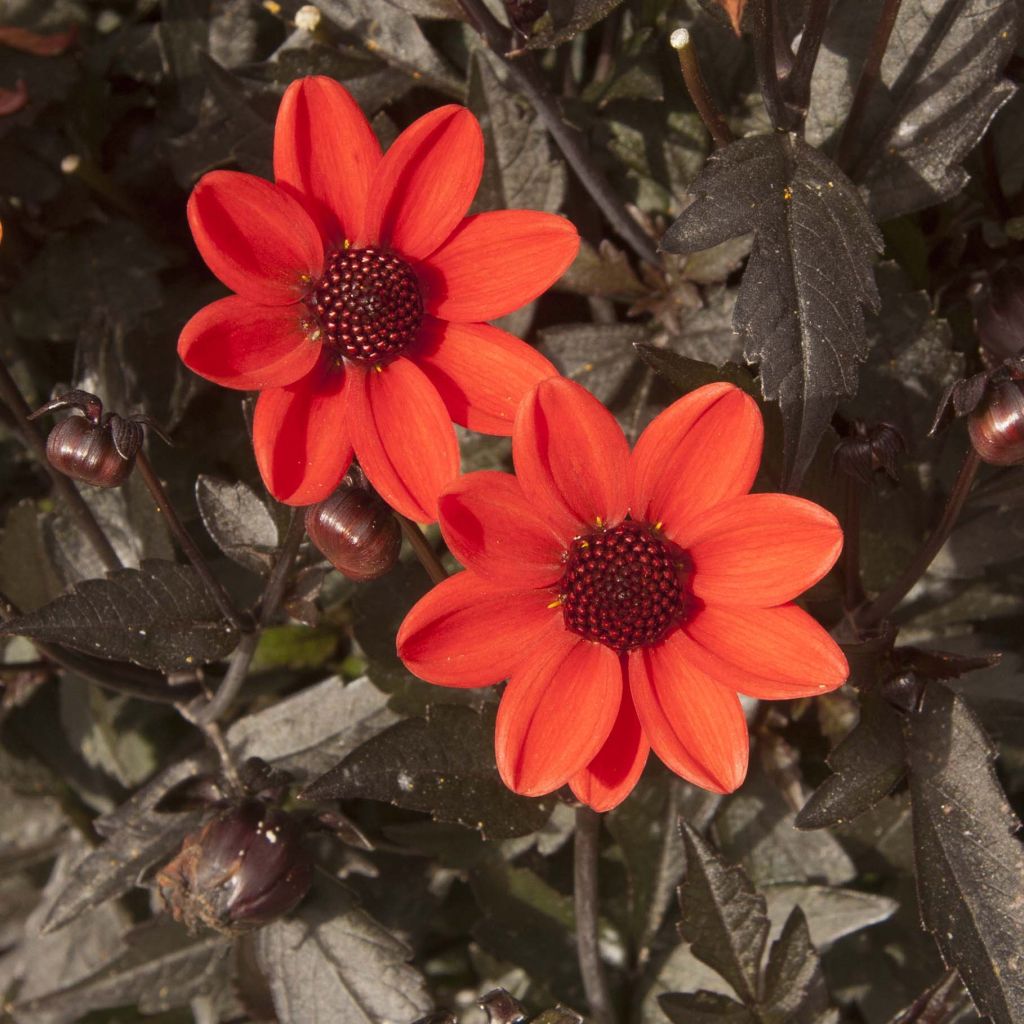

Dahlia Dark Angels Pulp Fiction
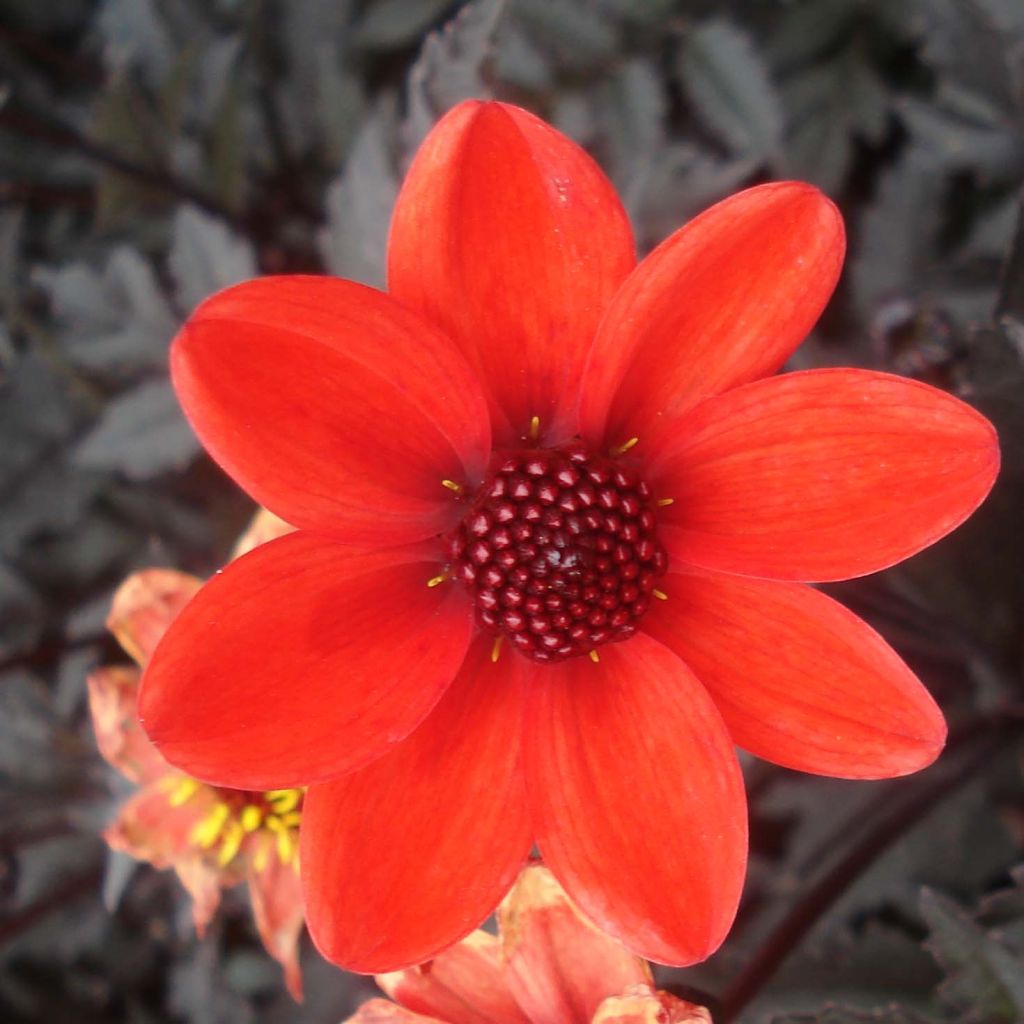

Dahlia Dark Angels Pulp Fiction
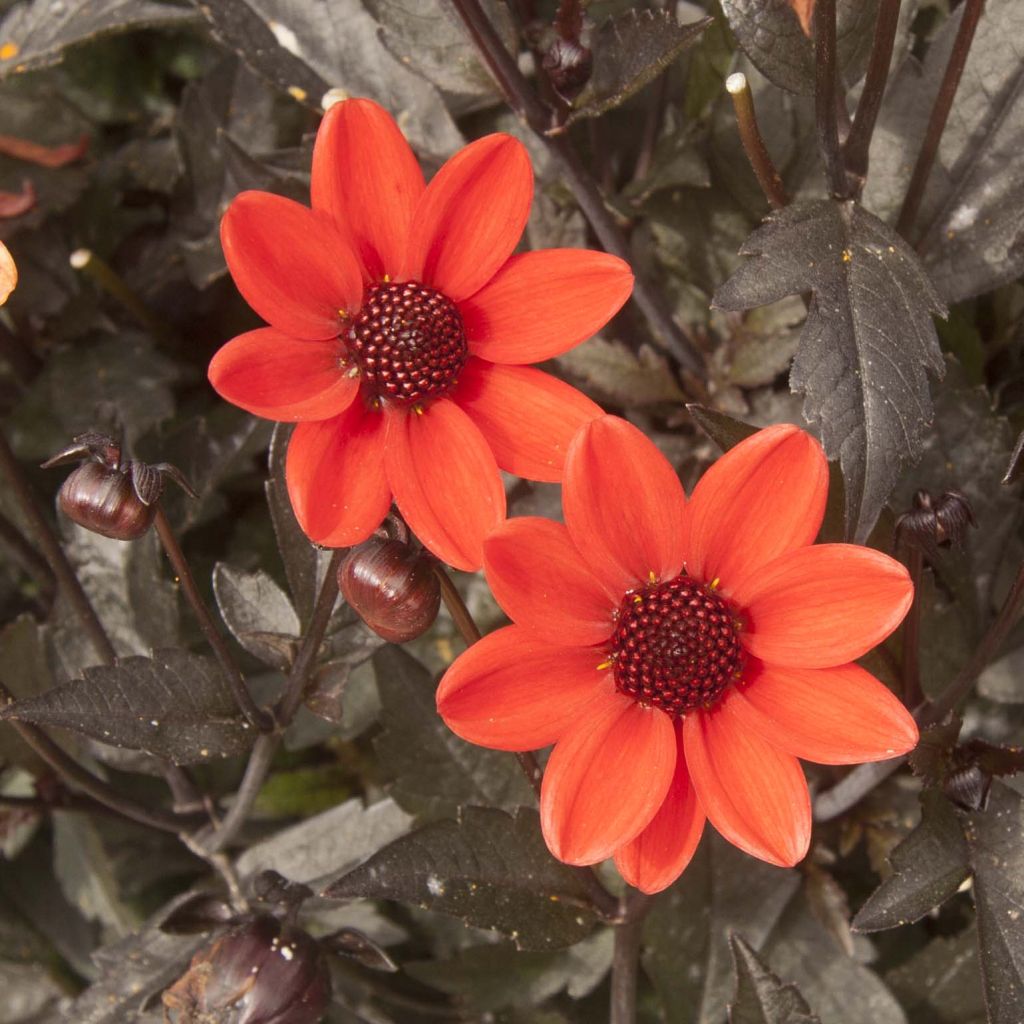

Dahlia Dark Angels Pulp Fiction
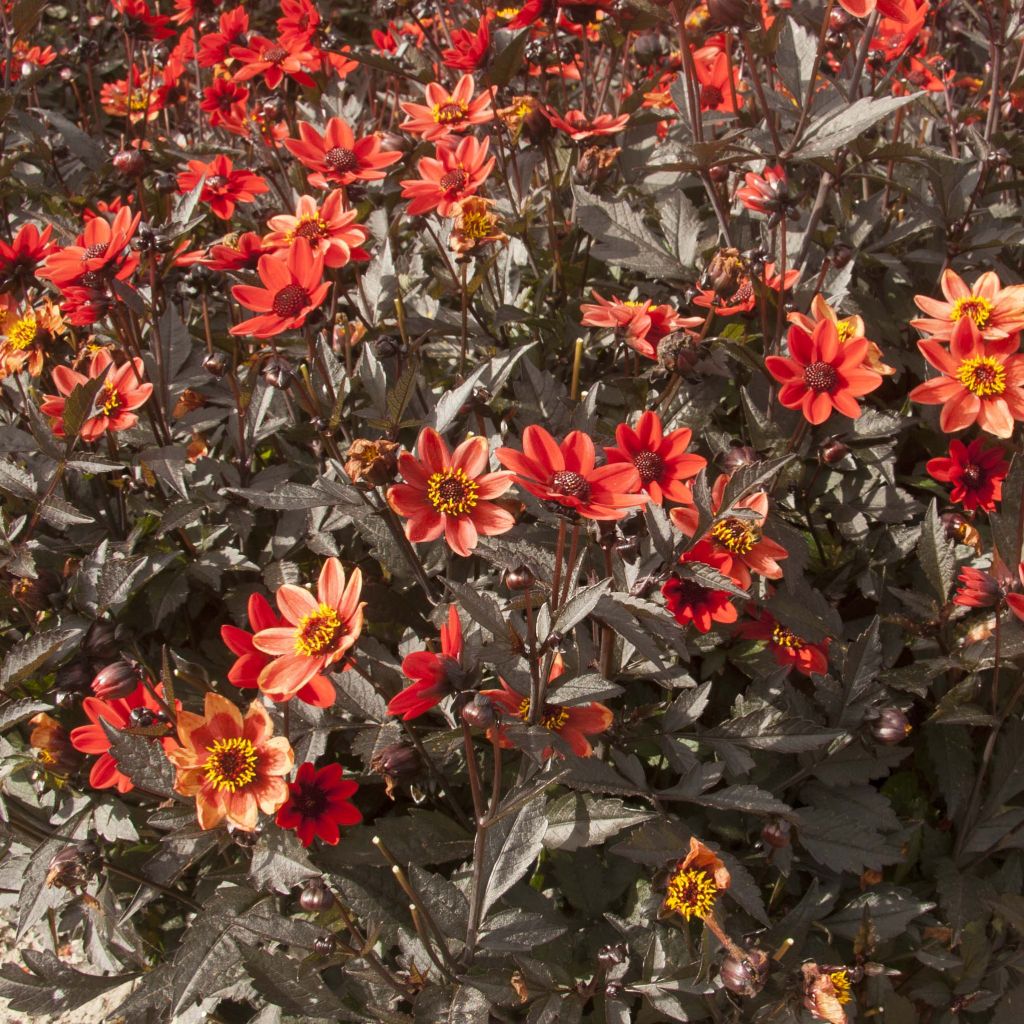

Dahlia Dark Angels Pulp Fiction
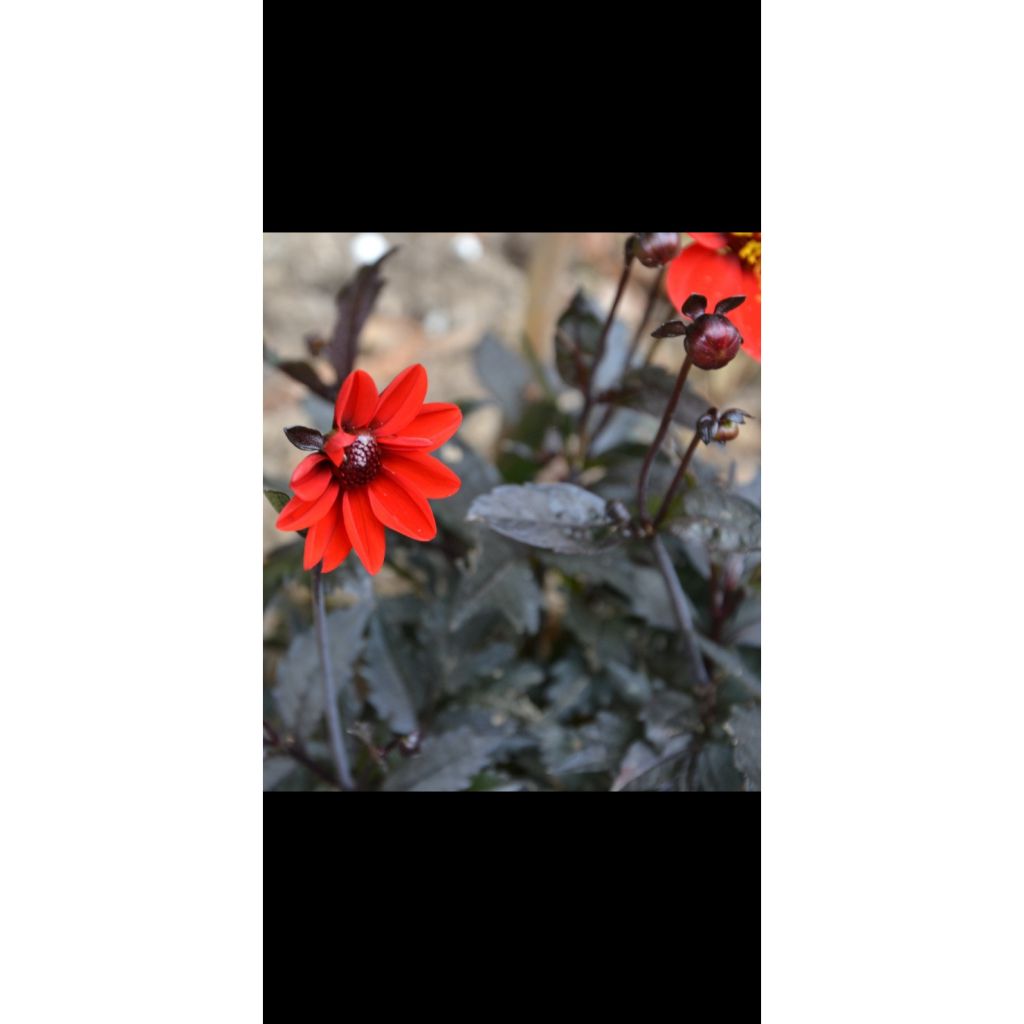

Dahlia Dark Angels Pulp Fiction
Dahlia Dark Angels Pulp Fiction
Dahlia Dark Angels® Pulp Fiction
Dahlia
Very good for borders, I have paired it with seaside cinerarias, long flowering.
Romain, 15/12/2020
Why not try an alternative variety in stock?
View all →This plant carries a 6 months recovery warranty
More information
We guarantee the quality of our plants for a full growing cycle, and will replace at our expense any plant that fails to recover under normal climatic and planting conditions.
From €5.90 for pickup delivery and €6.90 for home delivery
Express home delivery from €8.90.

Does this plant fit my garden?
Set up your Plantfit profile →
Description
The Dahlia 'Pulp Fiction' is part of a series of varieties selected for their small size, dark foliage, and small, abundant flowers in vibrant colors. These are vigorous, floriferous, and unique Dahlias, perfect for ornamenting borders and flower pots. The flowers of Pulp Fiction are bright vermilion red, marked with a small dark center, and they truly shine against a lovely cut foliage of almost blackish purple. It blooms early in the season and its flowers continue to bloom until the first frost.
Dahlias belong to the asteraceae family and are originally native to the high plateaus of Mexico. Currently, the approximately 25,000 horticultural varieties created by humans have invaded gardens around the world, much to our delight. The Dark Angels Dahlias, developed in the Netherlands, bear names that allude to successful American films such as "Braveheart," "Pretty Woman," "Star Wars," "Dracula," "American Pie," and our adorable "Pulp Fiction," a compact version of the beautiful cultivar 'Bishop of Llandaf'.
The variety 'Pulp Fiction' ('VDTG61'), the shortest of this collection, is a truly dwarf Dahlia, it will not exceed 30 cm (12in) in all directions. It is also classified as a decorative Dahlia called 'Mignon', which is a horticultural category defined by the shape of the flower. In this group, the 8 ligules or colored 'petals' of the capitulum (what we generally call the flower) are arranged in simple corollas around a central disk. The flowers of 'Pulp Fiction' have a diameter of less than 5 cm (2in). The peripheral ligules are a intense reddish-orange, very bright when they bloom, fading slightly over time. The initially very dark heart of the flower is composed of tiny flowers that bloom in a very bright yellow. The flowering period is from June-July to October, or even November if the weather is mild. The habit is bushy and compact, not requiring staking. The highly branched stems are hollow, and the leaves are opposite, pinnately divided into 3 or 5 very toothed lobes. The leaves here are tinted a very dark purple, and the sun casts reflections of tin on them. The stems are also a very dark purple.
To promote flowering, take care to remove faded flowers, or better yet, regularly make large colorful bouquets by combining it with other compact varieties. 'Pulp Fiction' goes well with all the other Dark Angels varieties in flower pots and at the front of flower beds. Very colorful in both leaves and flowers, this Dahlia often stands on its own. However, you can still offer it a display of white and delicate flowers such as cosmos, Nemesia, white-flowered snapdragons, or Aster prostratus Snow Flurry, for example. Also consider small grasses like Pennisetum setaceum Rubrum, Stipa pennata and barbata, and Carex Comans bronze, which will add a beautiful touch of lightness and elegance to the ensemble.
As a star plant for borders and herb gardens, Dahlias confidently accompany the most beautiful flowers but are also appreciated alongside vegetable plants. In Mexico, this tuberous plant was initially cultivated as a root vegetable for consumption. However, its poor taste qualities relegated it to the rank of an ornamental plant. Since then, the interest in their beautiful exuberance has never waned.
Report an error about the product description
Dahlia Dark Angels Pulp Fiction in pictures
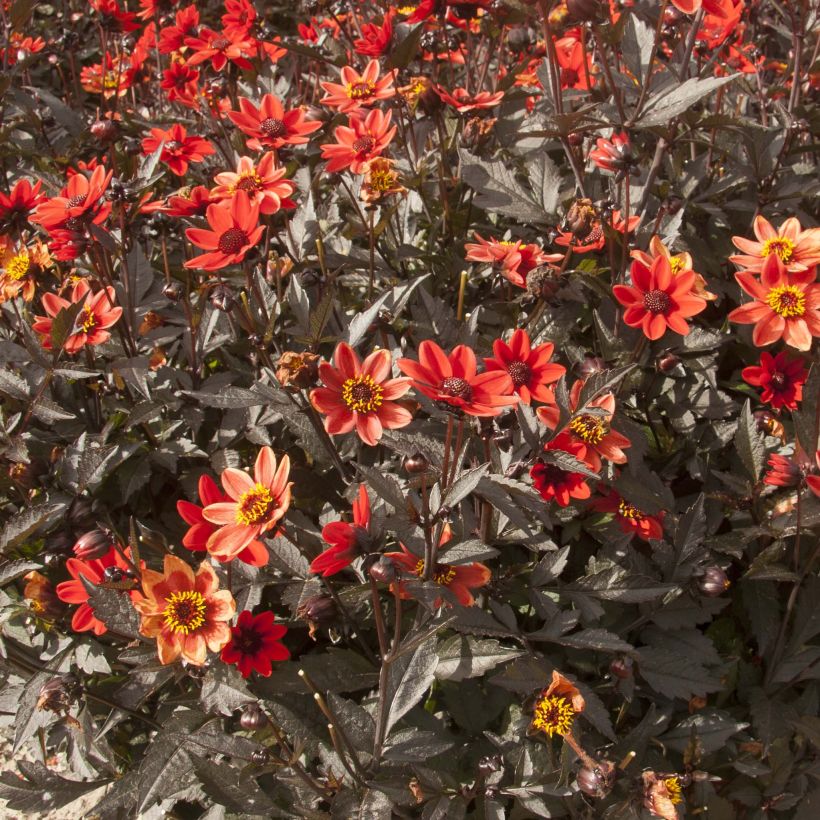

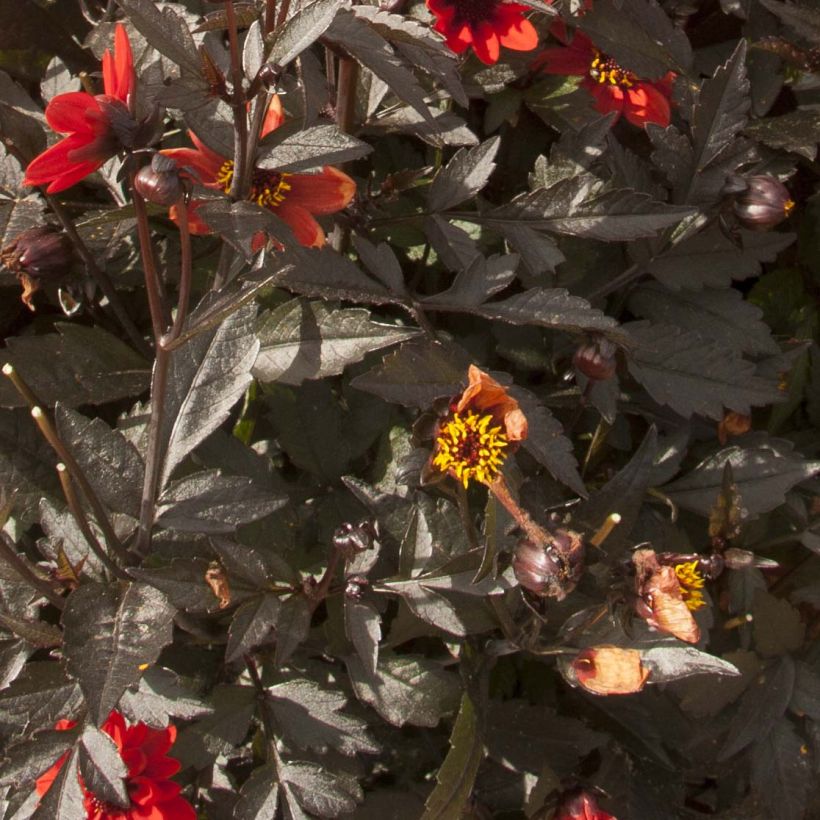

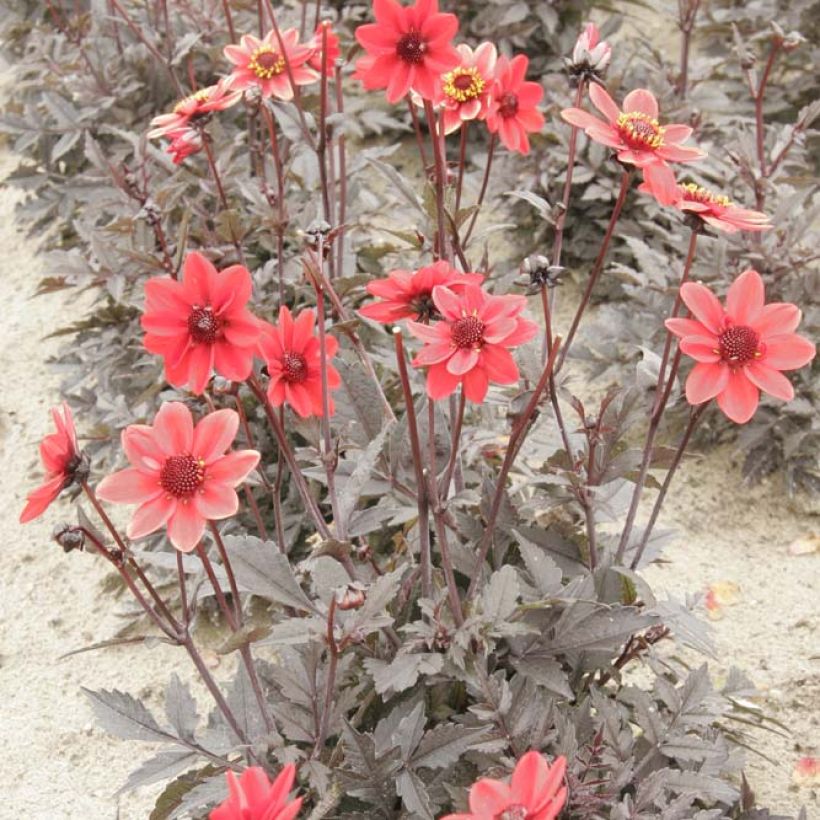

Plant habit
Flowering
Foliage
Botanical data
Dahlia
Dark Angels® Pulp Fiction
Asteraceae
Dahlia
Cultivar or hybrid
Other Dwarf Dahlias
Planting and care
The Dahlia 'Pulp Fiction' is easy to grow in all regions. For abundant flowering, it is good to follow a few simple rules. Plant the tubers in a sunny location as soon as the last frost has passed. Rich, moist, and well-drained soil is perfect. However, stagnant moisture would promote tuber rot. Feel free to amend the soil with compost and sand if necessary. Work the soil deeply and enrich it, for example, with blood, fish and bone. Place your tuber and crumble the soil well to fill without air pockets. Your dahlia should be covered with about 6 cm (2in) of soil. At the end of planting, water once abundantly, then regularly renew this watering during the first six weeks to help with rooting. Dahlias are sensitive to cold, so they need to be overwintered. In November, the first frosts blacken the foliage, which is the time to dig them up. Carefully unearth the tubers and remove as much soil as possible. Let the foliage dry so that the tubers can replenish their reserves. Then cut the stems to 10 cm (4in). Spread your bulbs in a crate on newspaper. Store them away from frost in a dry, cool, dark place like a frost-free garage or attic. In milder regions, where there are only a few days of frost per year, it is possible to leave them in place. In this case, cover the ground with a layer of leaves or straw for protection.
Planting period
Intended location
Care
-
, onOrder confirmed
Reply from on Promesse de fleurs
Dahlias
Haven't found what you were looking for?
Hardiness is the lowest winter temperature a plant can endure without suffering serious damage or even dying. However, hardiness is affected by location (a sheltered area, such as a patio), protection (winter cover) and soil type (hardiness is improved by well-drained soil).

Photo Sharing Terms & Conditions
In order to encourage gardeners to interact and share their experiences, Promesse de fleurs offers various media enabling content to be uploaded onto its Site - in particular via the ‘Photo sharing’ module.
The User agrees to refrain from:
- Posting any content that is illegal, prejudicial, insulting, racist, inciteful to hatred, revisionist, contrary to public decency, that infringes on privacy or on the privacy rights of third parties, in particular the publicity rights of persons and goods, intellectual property rights, or the right to privacy.
- Submitting content on behalf of a third party;
- Impersonate the identity of a third party and/or publish any personal information about a third party;
In general, the User undertakes to refrain from any unethical behaviour.
All Content (in particular text, comments, files, images, photos, videos, creative works, etc.), which may be subject to property or intellectual property rights, image or other private rights, shall remain the property of the User, subject to the limited rights granted by the terms of the licence granted by Promesse de fleurs as stated below. Users are at liberty to publish or not to publish such Content on the Site, notably via the ‘Photo Sharing’ facility, and accept that this Content shall be made public and freely accessible, notably on the Internet.
Users further acknowledge, undertake to have ,and guarantee that they hold all necessary rights and permissions to publish such material on the Site, in particular with regard to the legislation in force pertaining to any privacy, property, intellectual property, image, or contractual rights, or rights of any other nature. By publishing such Content on the Site, Users acknowledge accepting full liability as publishers of the Content within the meaning of the law, and grant Promesse de fleurs, free of charge, an inclusive, worldwide licence for the said Content for the entire duration of its publication, including all reproduction, representation, up/downloading, displaying, performing, transmission, and storage rights.
Users also grant permission for their name to be linked to the Content and accept that this link may not always be made available.
By engaging in posting material, Users consent to their Content becoming automatically accessible on the Internet, in particular on other sites and/or blogs and/or web pages of the Promesse de fleurs site, including in particular social pages and the Promesse de fleurs catalogue.
Users may secure the removal of entrusted content free of charge by issuing a simple request via our contact form.
The flowering period indicated on our website applies to countries and regions located in USDA zone 8 (France, the United Kingdom, Ireland, the Netherlands, etc.)
It will vary according to where you live:
- In zones 9 to 10 (Italy, Spain, Greece, etc.), flowering will occur about 2 to 4 weeks earlier.
- In zones 6 to 7 (Germany, Poland, Slovenia, and lower mountainous regions), flowering will be delayed by 2 to 3 weeks.
- In zone 5 (Central Europe, Scandinavia), blooming will be delayed by 3 to 5 weeks.
In temperate climates, pruning of spring-flowering shrubs (forsythia, spireas, etc.) should be done just after flowering.
Pruning of summer-flowering shrubs (Indian Lilac, Perovskia, etc.) can be done in winter or spring.
In cold regions as well as with frost-sensitive plants, avoid pruning too early when severe frosts may still occur.
The planting period indicated on our website applies to countries and regions located in USDA zone 8 (France, United Kingdom, Ireland, Netherlands).
It will vary according to where you live:
- In Mediterranean zones (Marseille, Madrid, Milan, etc.), autumn and winter are the best planting periods.
- In continental zones (Strasbourg, Munich, Vienna, etc.), delay planting by 2 to 3 weeks in spring and bring it forward by 2 to 4 weeks in autumn.
- In mountainous regions (the Alps, Pyrenees, Carpathians, etc.), it is best to plant in late spring (May-June) or late summer (August-September).
The harvesting period indicated on our website applies to countries and regions in USDA zone 8 (France, England, Ireland, the Netherlands).
In colder areas (Scandinavia, Poland, Austria...) fruit and vegetable harvests are likely to be delayed by 3-4 weeks.
In warmer areas (Italy, Spain, Greece, etc.), harvesting will probably take place earlier, depending on weather conditions.
The sowing periods indicated on our website apply to countries and regions within USDA Zone 8 (France, UK, Ireland, Netherlands).
In colder areas (Scandinavia, Poland, Austria...), delay any outdoor sowing by 3-4 weeks, or sow under glass.
In warmer climes (Italy, Spain, Greece, etc.), bring outdoor sowing forward by a few weeks.

































